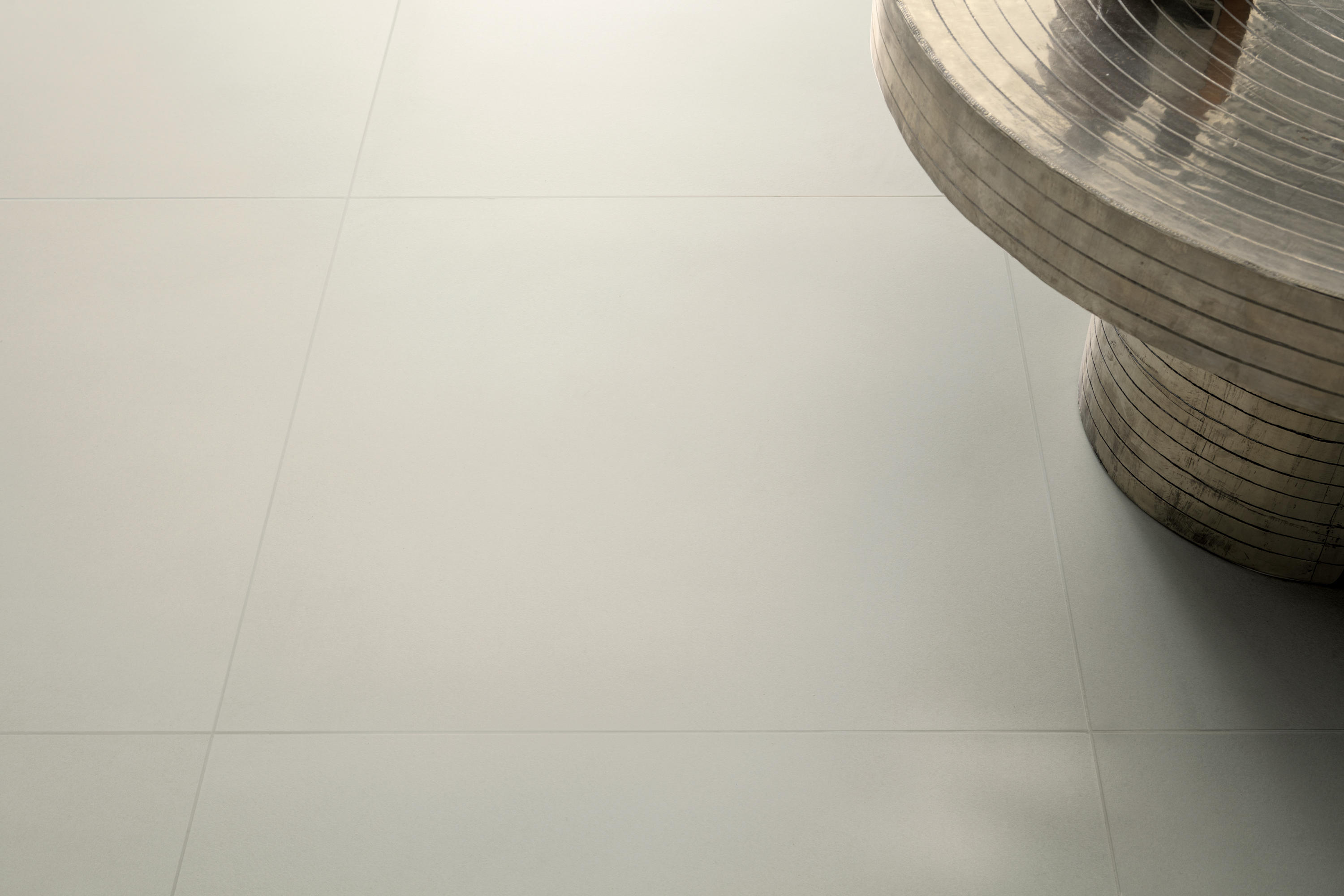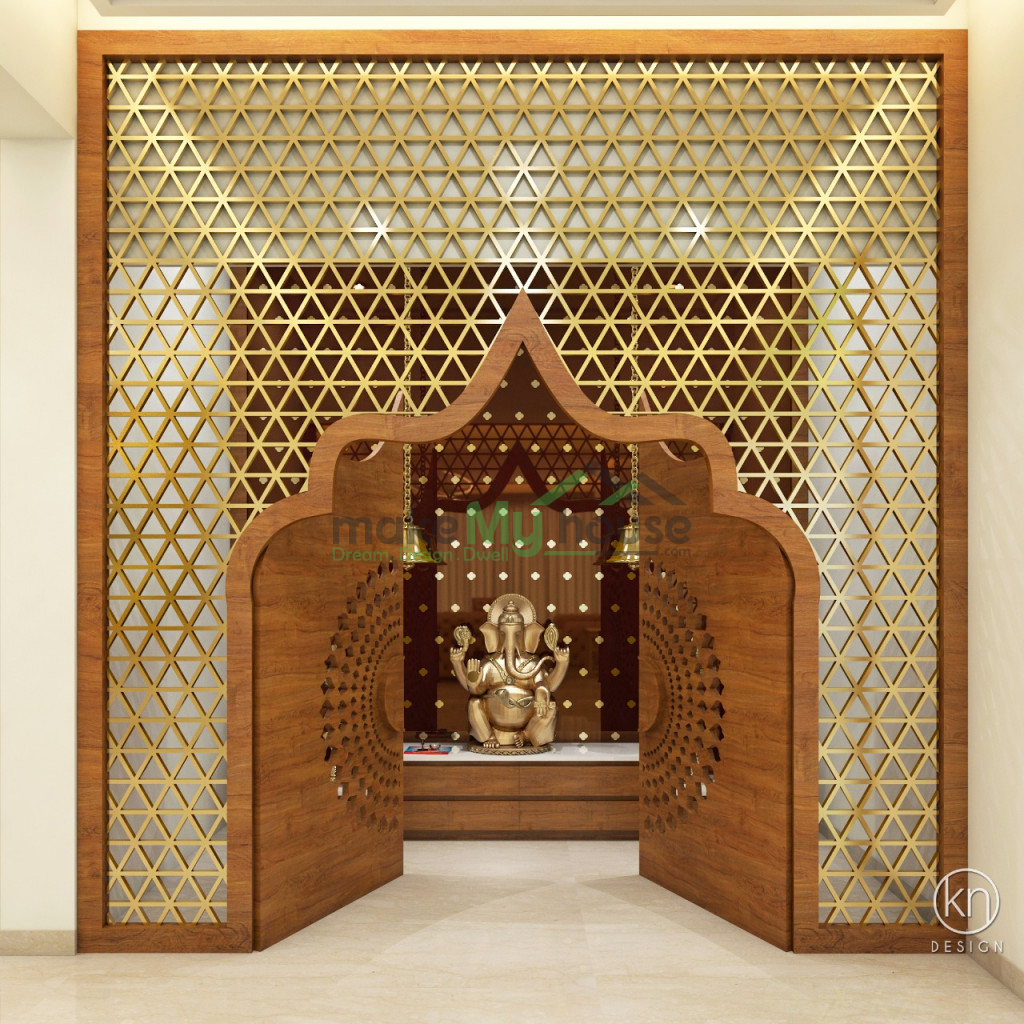Table Of Content

Hierarchy is another principle of design that directly relates to how well content can be processed by people using a website. The most important elements (or content) should appear to be the most important. The Elements of Design are like words in a sentence; they are used in combination to accomplish the principles of design. Similar to the elements – these principles can go by a lot of different names that all describe similar effects. To have a perfect emphasis on your design you need to have a clear understanding of what’s important in your composition.
Mechanical metamaterials with topologies based on curved elements: An overview of design, additive manufacturing ... - ScienceDirect.com
Mechanical metamaterials with topologies based on curved elements: An overview of design, additive manufacturing ....
Posted: Fri, 04 Aug 2023 07:45:01 GMT [source]
Elements of Design: Color
Color is one of the most powerful and expressive elements in design. The color wheel serves as a guide for understanding the relationships between colors, such as complementary, analogous, and monochromatic schemes. Skillful use of color can reinforce the overall theme of a design, create focal points, and establish visual hierarchy. Designers must consider the psychological impact of different colors on the audience to evoke the desired emotional response.
How to Build a Website With AI: A Foolproof Guide
Elements provide the building blocks, and principles offer guidelines for organizing and arranging those elements. By understanding and leveraging this relationship, designers can create visually compelling and impactful designs across various mediums. Russian painter Wassily Kandinsky used to say that everything starts from a dot. In digital design, a dot is an intersection of lines and, thus, the most basic element. In fact, we can decompose even the most complex and sophisticated designs and get the basic elements of design — lines, shapes, colors, textures, type, space, and motion.
The Principles of Design
Use defaults wisely – when you offer predetermined, well-considered options, you help minimize users’ decisions and increase efficiency. Show users where they’ve come from and where they’re headed with signposts/cues. Don’t interrupt or give users obstacles – make apparent pathways that offer an easy ride. Bold and thick lines can draw attention, while thin lines are the opposite. Get step-by-step guide how to build or advance your UX design career. Learn the history, concepts, and best practices of working with typography in design by taking our Typography course.
The 9 Principles of Design and How to Use Them
Color has various characteristics, such as hue, saturation, and lightness, much like other elements. Lines belong to different classes and have subtle differences in their structure. They include horizontal, vertical, diagonal, straight line or even curved lines.

The elements of design are fundamental components that form the basis of any visual composition. They include lines, shapes, forms, space (negative space), colors, values, and textures. These elements work together to create harmony, convey messages, and evoke emotions in a design. In summary, the relationship between design elements and principles is symbiotic.
In response, he asked himself what constituted good design and came up with his own list of ten principles. The complicated curves used to form the mother in the family group shown above suggest a fussy, frivolous personality. Vertical lines communicate a feeling of loftiness and spirituality. Erect lines seem to extend upwards beyond human reach, toward the sky.
Emphasis ensures that certain design elements have more visual weight, allowing them to stand out and capture interest. This principle helps convey the main message, evoke emotions, or guide user behavior. The connection between the elements and principles of design is a fundamental aspect of creating visually appealing and effective designs across different mediums. Design elements are the essential building blocks designers use to create their work. Meanwhile, design principles serve as guidelines for organizing and arranging these elements to achieve the desired outcome. Understanding the elements of design is essential for creating visually captivating and harmonious compositions.
The 12 principles of design to consider in creating great designs
It gives a sense of clarity to the size of Big Ben in the distance to the market stalls that are closer. Proportion adds order and perspective, creating a relationship between elements. This picture of an evening-lit city street encapsulates rhythm perfectly. The digital design feels lively, as though dancing or vibing to its virtual music. Visual weight ensures things are evenly distributed, like this image of a beach with water and trees.
Pattern uses a repeated arrangement of elements to create consistency and unity throughout. Patterns can be regular or irregular, symmetrical or asymmetrical balance. On the flip side, these principles are also used to determine whether a piece of art is a success or failure. When a visual composition uses the principles of design well, it will succeed in fulfilling its purpose (whatever that purpose might be). But just because a work is successful doesn’t mean you have to like it.
Farmhouse Style: Everything You Need to Know About This Functional and Cozy Aesthetic - Architectural Digest
Farmhouse Style: Everything You Need to Know About This Functional and Cozy Aesthetic.
Posted: Wed, 04 Jan 2023 08:00:00 GMT [source]
In user experience (UX) design, minimizing users’ cognitive loads and decision-making time is vital. In this course, we showed you the basic elements you need to build up your design. These building blocks are essential to understand in order to create a successful design piece. These objects can be arranged in any way as part of your composition; we call this the principles of design. These principles are important concepts that can help you organize the basic structural elements on a page. Combine and arrange adjacent colors, similar shapes, and related textures to achieve harmony.
The most important element in both graphic design and web design is typography. The fonts you use to communicate with your readers whether you’re just like color, texture, or shape are very important. Although the content of the words is extremely useful, so is the way they are expressed.
You have to keep in mind all these characteristics while adding color to any part of an element. Moreover, there are two color systems in design; RGB and CMYK. RGB colors are produced by mixing primary colors together like red, green, and blue. On the other hand, CMYK systems stand for cyan, magenta, yellow, and black. These colors are to reduce the light that is reflected on a white background.

No comments:
Post a Comment